Local history: Japanese student was trailblazer at Akron college in 1905
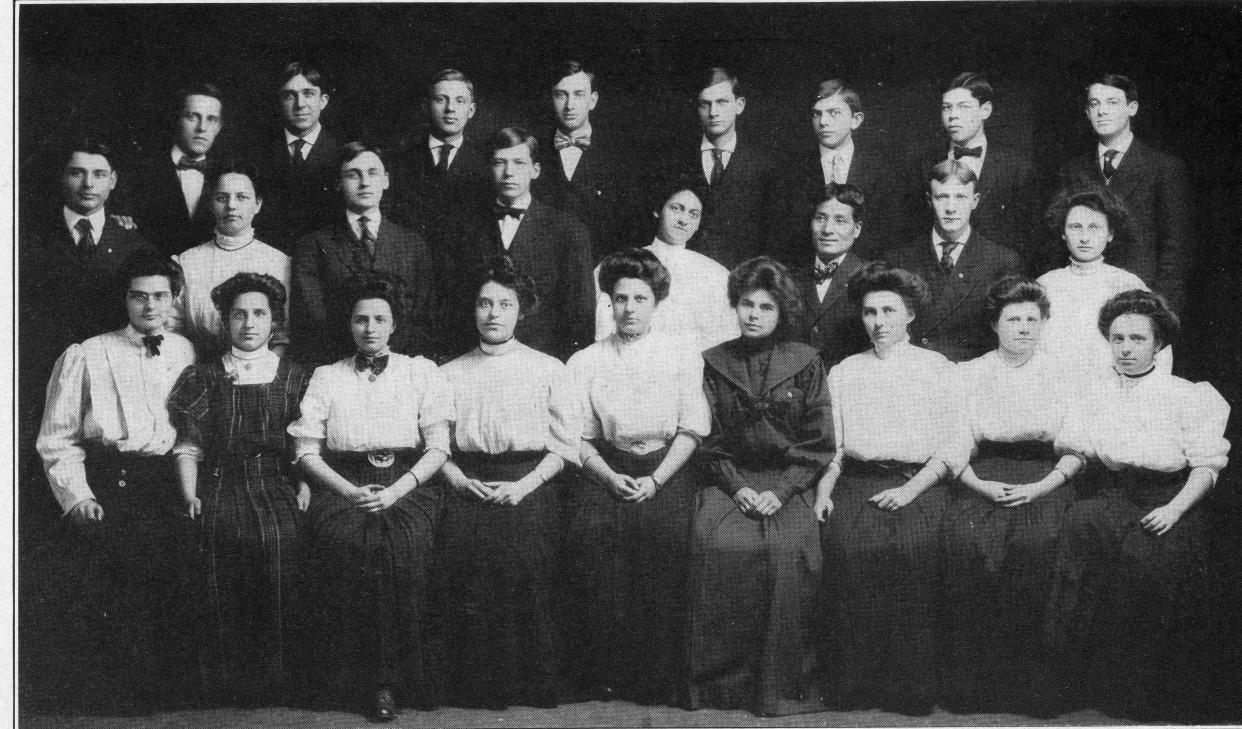
Most Akron residents had never met a Japanese immigrant until Iwahiko Tsumanuma came to town.
The 27-year-old became a local celebrity in 1905 when he enrolled in Buchtel Academy, a preparatory school run by Buchtel College, the forerunner of the University of Akron.
Local history: Hollywood star David McLean, who played Marlboro Man, was an hombre from Akron
Tsumanuma, who also went by the Anglicized name Thomas Rockrise, was happy to share his culture and customs with the community.
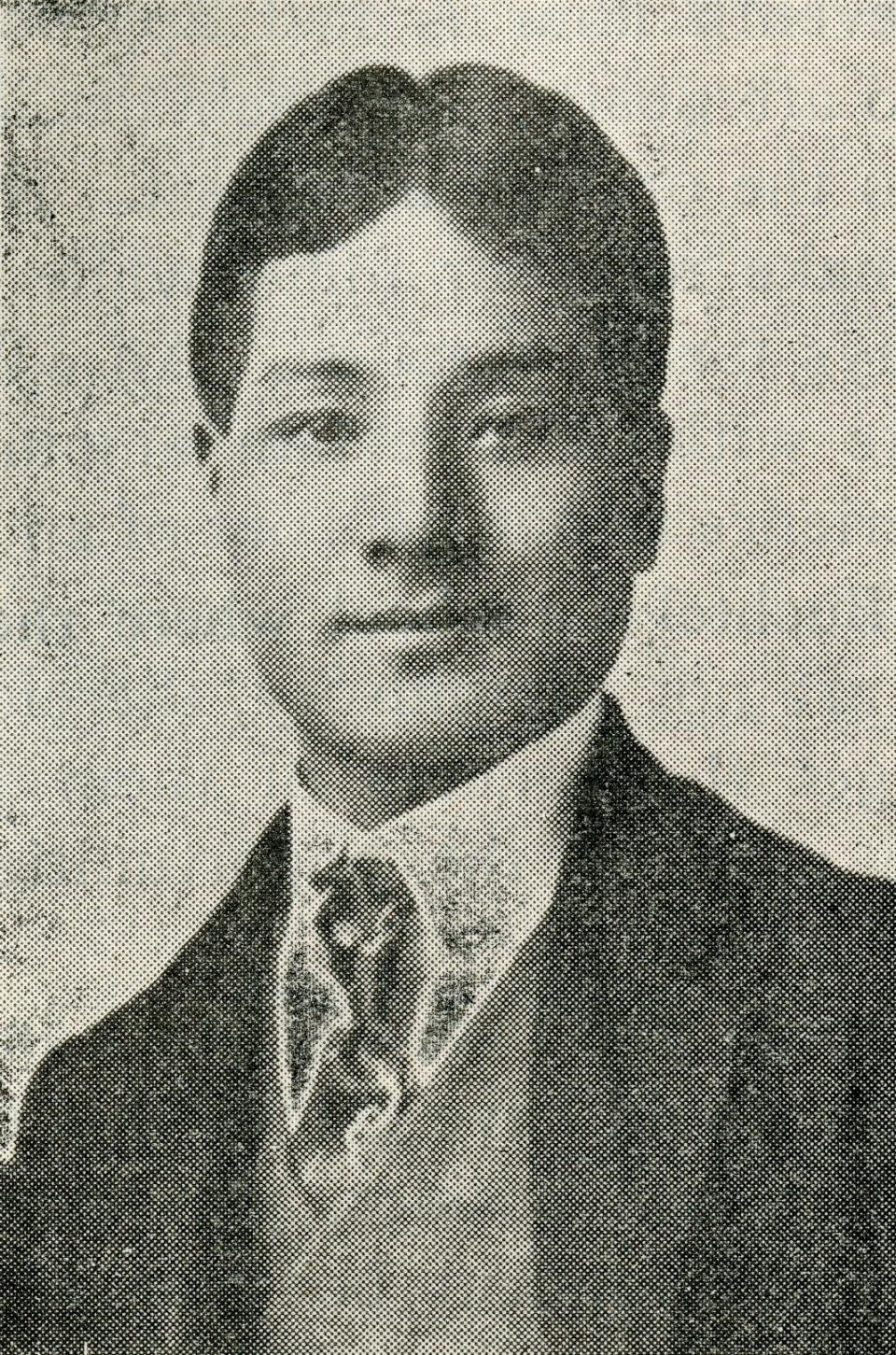
Most of what Akron citizens knew about the Land of the Rising Sun came from reading newspaper articles about the then-current Russo-Japanese War or attending performances of the Gilbert & Sullivan musical “The Mikado” at the Colonial Theater.
In the early 1900s, Akron had over 43,000 residents, nearly all of them white except for 500 African Americans and a handful of Chinese immigrants who operated laundries on North Howard, South Main, West Mill and East Mill streets.
Tsumanuma took a circuitous path to get here.
Born in 1878 in Yamagata, he left Japan around 1900 to further his education, traveling through Sumatra and China before settling in India.
“I took a train to Mussoorie from Calcutta, a distance of about a thousand miles,” Tsumanuma later wrote. “The journey passed through the vast plain of the Ganges, where the naked Hindoos farm under the dazzling hot sun beside elephants, and where the ancient structures still tower toward the heavens. I arrived at Dehra Dun after nearly thirty hours. Thence, my journey kept me for another four hours on horse back, climbing up the gray, muddy, narrow path, eleven miles to Mussoorie.”
Wanting to improve his English, Tsumanuma enrolled at Philander Smith Institute, a Methodist boarding school in Mussoorie, converted to Christianity and got baptized under the name Thomas Rockrise.
“I thought that India would be the best place to study English,” he told the Beacon Journal. “I thought so because I thought the language there from the lips of the English to the country would be pure, and that it being so near Japan and close to China, it would be easy to step from one language to the other. It is a country where living is cheap, too, but the climate is bad, and I left to come to America.”
Tsumanuma took a ship through the Suez Canal, visited Italy and crossed the Atlantic to the United States, arriving in New York on Sept. 23, 1904. While reading a Universalist newspaper, he saw an advertisement for Buchtel College and thought it would be a good place to improve his English.
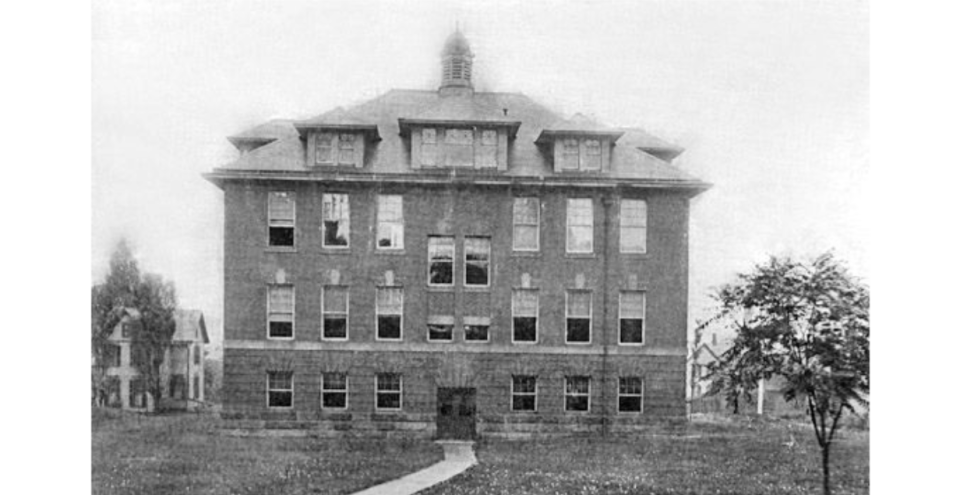
‘Our Japanese Student’
He wrote letter after letter to Buchtel President Augustus Church until the administrator invited him to Akron to join the academy.
John Ball, library associate senior at the University of Akron Archives and Special Collections, recently discovered a 1905 Buchtelite article headlined “Our Japanese Student.”
“Mr. Rockrise as we have observed him is what might be termed a good fellow,” the college newspaper reported. “He is open and frank, quick in grasping the essentials of what you say and above all independent. The very fact that he supports himself, a state of affairs which could exist only in America, would draw us naturally to him. He has seen considerable of the world and no one can spend an hour or two to better advantage than in conversing with him. We feel safe in asserting that he will be glad to meet anyone not actuated by mere curiosity.”
The Buchtelite added: “The peculiar accent due to his foreign birth adds to the pleasure of his conversation.”
It wasn’t a glamorous life in Akron. Tsumanuma earned his tuition by working as a live-in servant for President Church, where he showed “great proficiency in performing household duties of all kinds except cooking.” Church described the student as “very alert and keen.”
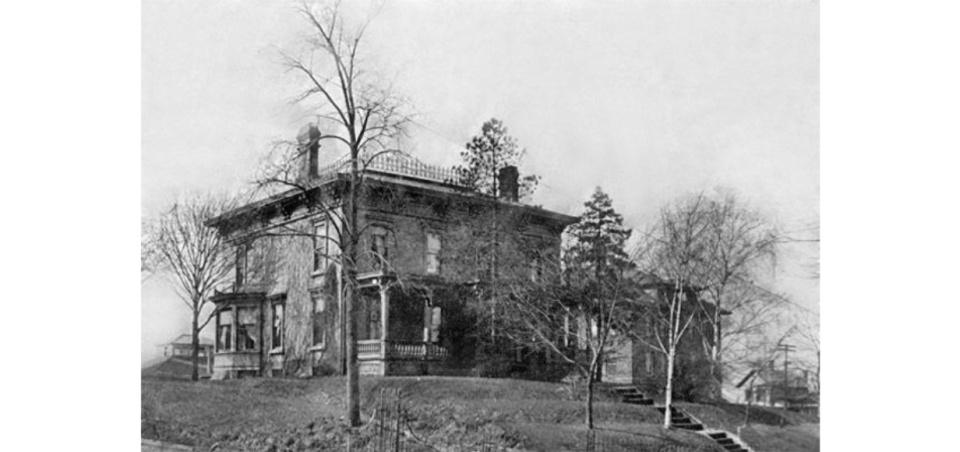
Asian culture shared in Akron
Tsumanuma was intent on demystifying the culture of his native land. He wore a kimono, walked on bamboo stilts, gave lectures at Akron churches, sponsored Nippon parties, displayed a Japanese flag, played traditional music on a flute, sponsored a bazaar, exhibited photos and exhibited relics, including a dagger, umbrella, fountain pen and handkerchief.
In 1907, he staged a Japanese play featuring 40 characters and played the lead role of a groom at a wedding. He imported paper from Japan and taught origami to his classmates, having them fold thousands of artificial cherry blossoms for the production.
“First Japanese Play in America,” the Beacon Journal headline read.
“Harvard may boast of its plays in the original Greek and other colleges their French and German dramatic achievements, but Buchtel college has the distinction of producing the first play in America in real Japanese form, with every detail carefully copied after the genuine and with a part of it produced in the Japanese language.”
At the conclusion of the wedding ceremony, the actors arose from a kneeling position and shouted “Banzai!”
Tsumanuma had many adventures. He spent his 1906 summer vacation as a butler at the Connecticut villa of a Rhode Island millionaire, working 12 hours a day and sleeping only six. That summer, he also read a 600-page book on U.S. history, studied three books on geometry and wrote more than 100 letters.
He visited Niagara Falls and crossed the suspension bridge to the Canadian side. When Tsumanuma tried to return, a U.S. inspector accused him of being a Chinese national trying to enter the country illegally. The Akron student’s command of English prevailed that day. After 30 minutes of interrogation, the inspector allowed him to pass.
Even in Akron, people could be suspicious.
When Tsumanuma visited a local laundry, hoping to practice his Chinese with the owner, the proprietor accused him of being a foreign spy and ordered him to leave.
Japan-US war doubted
Akron citizens often sought Tsumanuma’s opinion on world events. After Japan defeated Russia in battle, he was asked to comment on the prospect of future conflicts.
“I do not believe that there will ever be a war between the United States and Japan,” he predicted Dec. 8, 1906. “Never will the Japanese people feel anything but friendship for the Americans and their nation. We owe you too much and we are not an ungrateful people.
“We realize that, had it not been for the United States, our nation would still be sleeping. It was the encouragement of America that made Japan first want to advance and learn modern ways. Whoever says that there will be a war does a great injustice toward the Japanese.”
Tsumanuma graduated from Buchtel Academy in June 1907, presenting his dissertation on “The Samurai in the Feudal Age.” He studied mechanical engineering for one year at Buchtel College, becoming the first Asian student in the school’s history, before bidding sayonara to Akron.
No one guessed that he would be famous.
Acclaimed in architecture
He transferred to Syracuse University in 1908 and graduated four years later with a bachelor’s degree in architecture, one of the first Asian Americans to do so. Moving to New York City, he served an apprenticeship at an architectural firm and worked on the J.P. Morgan & Co. Building on Wall Street.
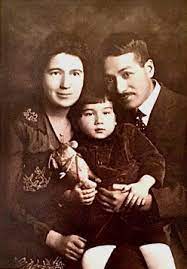
In 1915, he married Brooklyn socialite Agnes Asbury and they welcomed a son, George Thomas Rockrise, on Nov. 25, 1916.
One of the first Japanese-born architects licensed in New York, Tsumanuma opened his own office in 1917 and became well-known for the Beaux Arts style. He traveled around the world, designing buildings from New York to Miami to Tokyo to Beijing to Shanghai.
He built hotels, banks, libraries, offices, gymnasiums, galleries, museums, restaurants, apartments, mansions and a 600-bed hospital.
In the prime of his career, he contracted tuberculosis and sought treatment at a sanitarium. Iwahiko Tsumanuma died Feb. 5, 1936, at age 58.
Son carries on tradition
George Thomas Rockrise also became a famous architect and urban planner. He studied at Syracuse just like his father and earned a master’s degree in architecture from Columbia University. In World War II, he served as an architect at the Panama Canal.
He was a staff architect for the United Nations headquarters in New York and designed dozens of buildings from shopping centers to university halls to atomic laboratories to hotels to residences to estates. Among the landmarks were a U.S. embassy in Bahrain and a U.S. consulate in Japan
Rockrise moved to San Francisco, joined the faculty of the University of California and became president of the American Institute of Architects.
He died in 2000 at age 83 in Sonoma, California.
All those buildings, all around the world. Father and son transformed the skylines of countless cities in dozens of nations.
“Our Japanese Student” really made a name for himself after leaving Akron.
Mark J. Price can be reached at mprice@thebeaconjournal.com.
World War II stories: Beacon Journal correspondent’s 1945 articles paint vivid portrait of World War II
Thrill of the mill: Springfield Township landmark is anything but run of the mill
This article originally appeared on Akron Beacon Journal: Japanese student was Akron trailblazer in 1905

